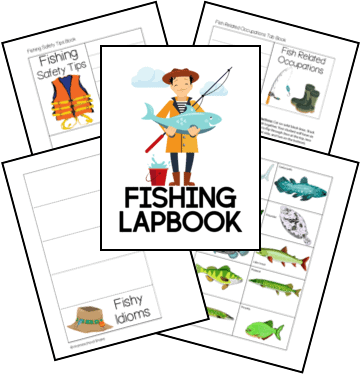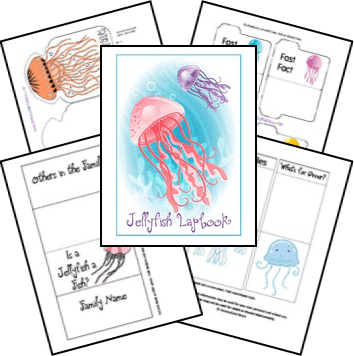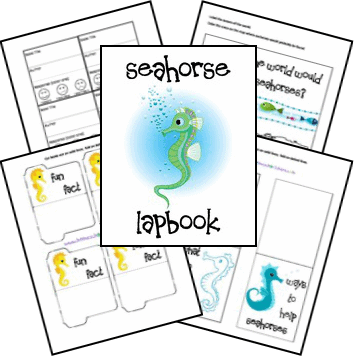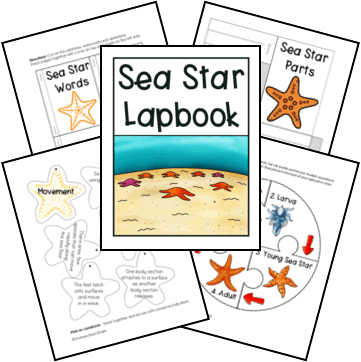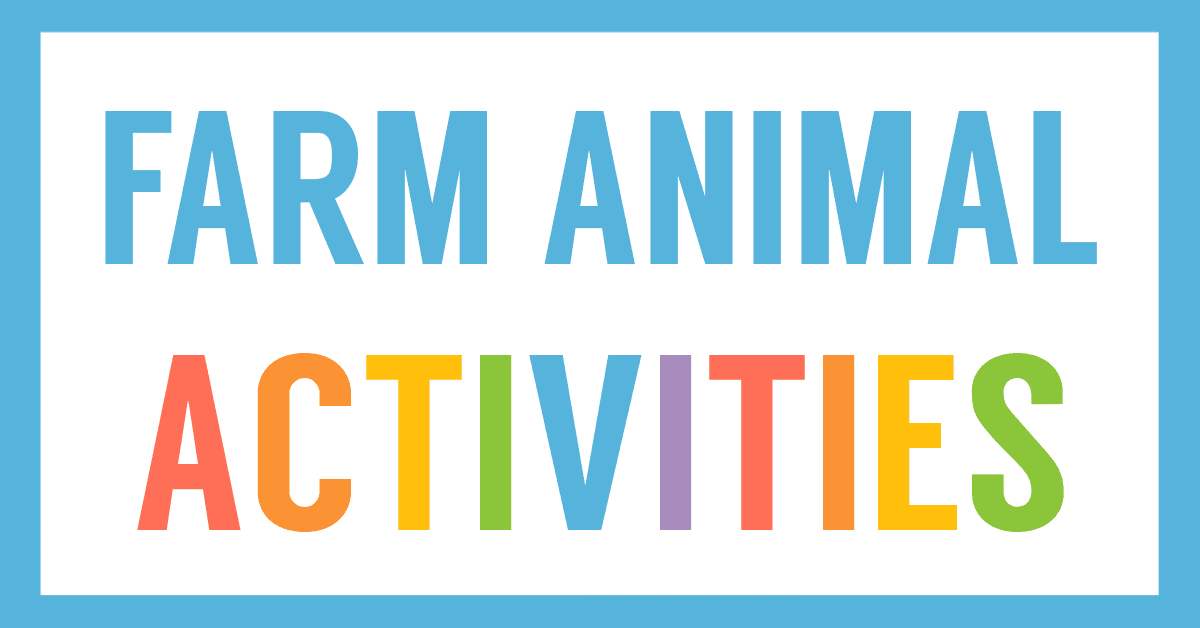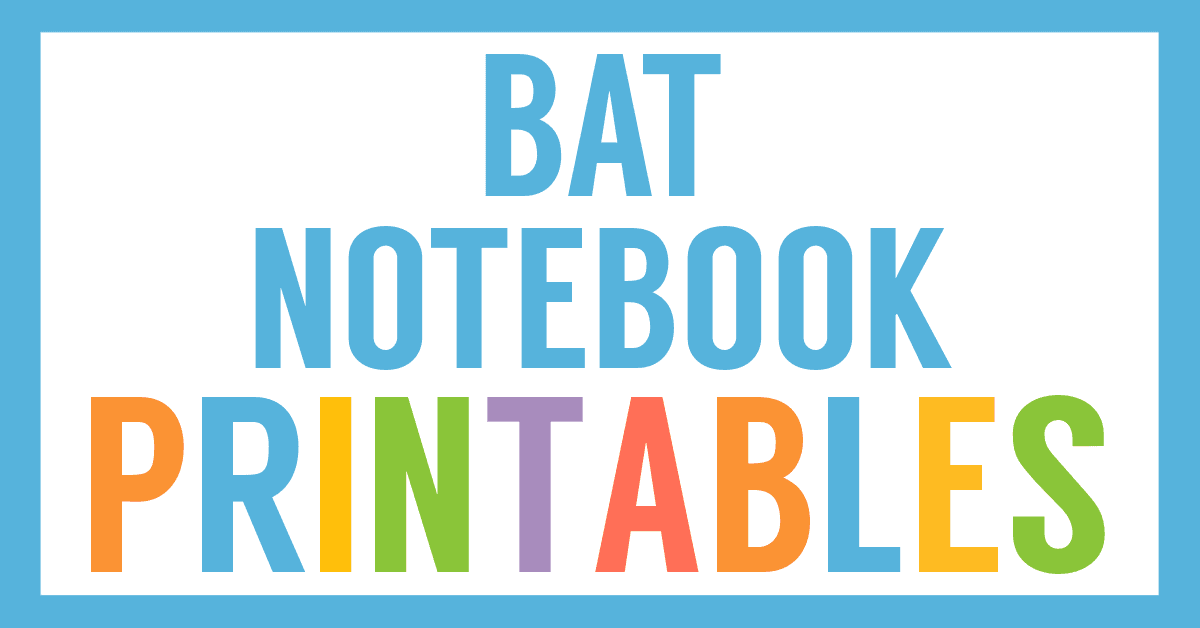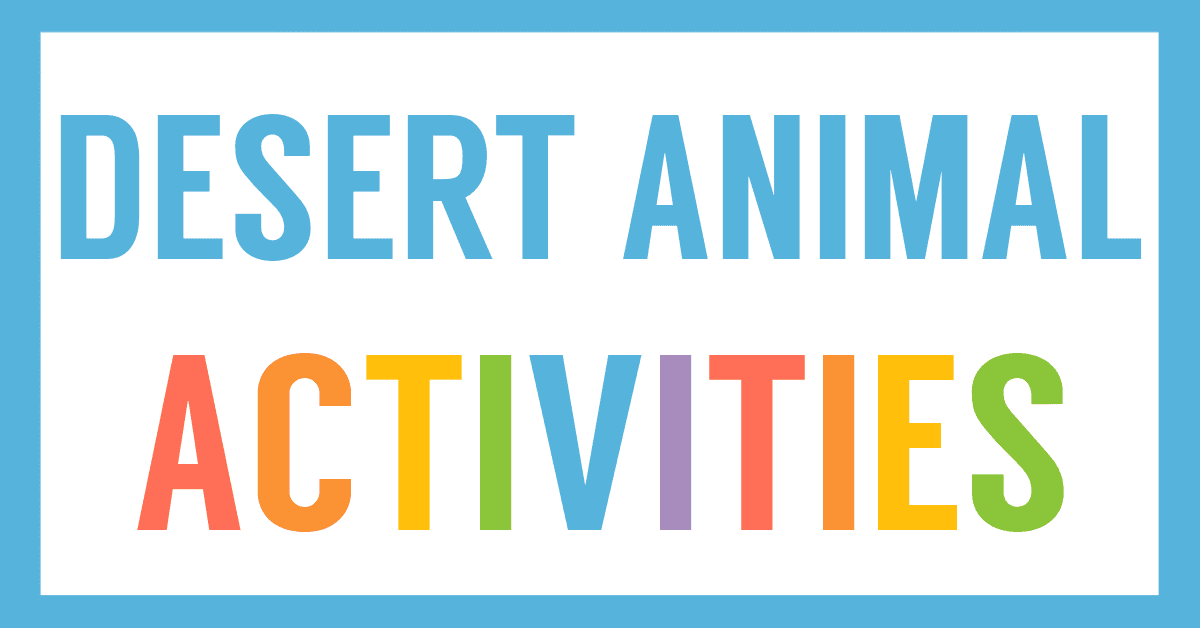Affiliate Disclaimer
We sometimes use affiliate links in our content. This won’t cost you anything, but it helps us to keep the site running. Thanks for your support.
Learn about fishing for school? Why not? Our Fishing Lapbook includes a myriad of lessons for language arts, social studies, science, and even art!
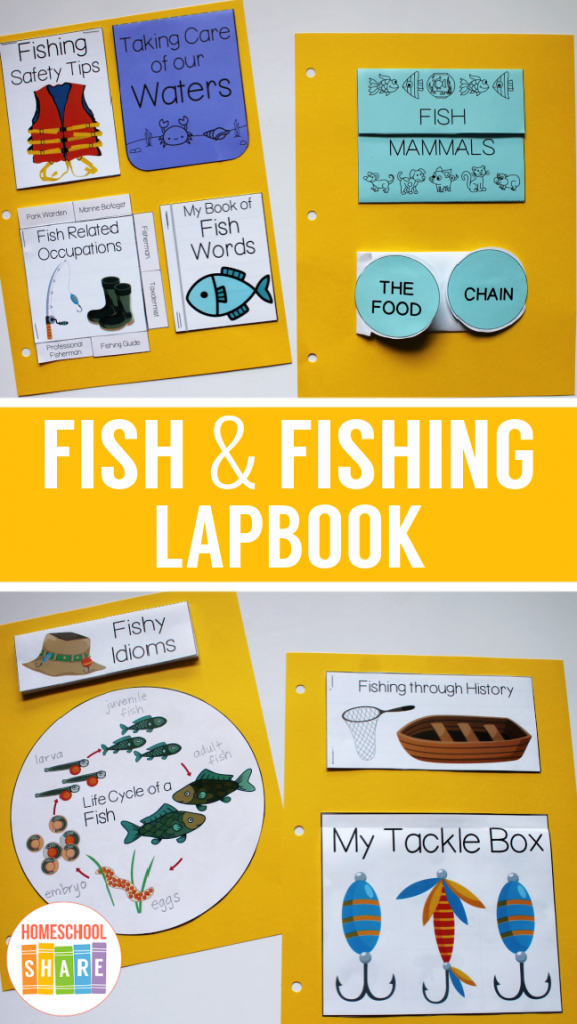
Thanks to Heidemari Swanepoel for writing the research and lessons for the Fishing Lapbook.
Fishing Lapbook Lessons
Here are some sample lessons from this animal lapbook:
Fish vs. Mammals
What is a fish?
A fish is a cold blooded animal that lives completely in water. A fish normally has scales covering its body. It has fins and a tail for mobility in the water. A fish breathes by taking water through the mouth which is then forced through the gill slits where oxygen is taken into the bloodstream.
Most fish have an air bladder which is used to keep the fish at the right depth in the water. Fish have bones that are made of cartilage–not hard bones like mammals. Fish usually lay eggs (although a few do give birth to live young). The small fish feed themselves on food similar to the adult diet.
Examples: shark, flounder, tuna
What is a mammal?
A sea mammal is a warm blooded animal. It comes to the surface to breathe. Air is taken into the lungs, and the blood collects oxygen from there. All mammals have some hair or fur at some point in their lives.
A sea mammal has flippers instead of fins. They have no scales. A mammal like a dolphin has a bone structure similar to all other land mammals. Even the flippers have bones that resemble finger bones in humans. Mammals give birth to live young, which are fed on milk for the first few months of their lives.
Example: dolphin, whale, manatee, seal, walrus
What do fish and mammals have in common?
The most obvious similarity that fish and sea mammals have is that they live in water. They can both swim by use of what looks like fins, but in a mammal this is actually a flipper.
The Food Chain
The basis of the food chain in the ocean is microscopic floating sea plants, called phytoplankton (which means drifting plants). The phytoplankton absorb the suns energy, minerals in the water in which they live, and carbon dioxide, exactly like land plants do. This process is called photosynthesis. Just like all animals (and humans) need plants directly or indirectly, sea creatures also all depend on plankton.
Due to air turbulence and wave action, the upper layers of the ocean are cooler and richer in minerals, and this is where plankton grows.
Zooplankton (microscopic floating animals ) feed on phytoplankton. Larvae of shore and bottom-dwelling creatures like crabs and worms also feed on phytoplankton.
Zooplankton is in turn eaten by squid, jellyfish, and small fish like herrings, anchovies, and sardines. The basking whale shark and some of the whales including the largest whale, the Blue Whale, eat only plankton.
Tuna and other medium sized fish eat these smaller fish and creatures.
Sharks and Marlins and other large fish eat these medium sized fish in turn.
Of all the sea creatures, these large sharks are at the top of the food chain. Man is also at the top of the food chain (as we enter their territory to fish with our modern fishing equipment).
History of Fishing
Fishing has been the major source of protein for many communities for centuries, and amazingly the basic methods of fishing have changed very little over this time. As man has ventured deeper into the oceans, his methods have become refined, but have not changed very much.
The native peoples of the Americas were adept at catching fish with their bare hands, but also by using their bows and arrows and spears made of wood. Fish and dried fish was a staple part of their diet.
In Egypt the Nile River was a fishing hotspot. Fish and dried fish were part of the staple diet. The Egyptians invented various implements to make fishing easier and more effective. They made simple boats of reeds; woven nets; weir baskets made from willow branches; hooks and lines; and harpoons. Hooks were fashioned from bones, and there are indications that some thorns were also used.
By the 12th century hooks were made of metal with barbs on. Fish were clubbed to death after capture. There are indications that fishing was not only done for food, but also as a pastime.
In Greek culture fishing was left to the lower classes. It was a peasant’s way of earning money, and putting food on the table.
The Romans enjoyed fishing with nets, rods and lines and there is evidence of them having used traps and nets. The trident was also very popular for fishing. The gladiators were given tridents and nets to catch their prey, as was popular in the fishing sport of that day.
The Bible mentions fishing approximately 4,000 years ago. Job was a contemporary of Abraham. In Job 41:7 Barbed irons and fishing spears are mentioned. Fishing was a staple food for all the villages around the Sea of Galilee, and along the Mediterranean Coast.
The Greek author Oppian of Corycus wrote a treatise on sea fishing approximately 1,800 years ago. It is the oldest such work left to us intact on fishing. He describes the fishing methods used in the days that Jesus walked on earth. The fishing nets were cast from boats, and dragged behind the boats. He also mentions scoop nets that were held open with large hoops, spear fishing and trident fishing. Boats at this time were however small and had no sails; they were used close to shore, especially on the ocean.
Not much is written about fishing in the medieval times. For thousands of years the methods employed did not alter. As the sizes of the boats grew, the nets could grow, and the sizes of the catches could grow. Fishermen also ventured deeper into the oceans. Because they needed the fish to remain fresh, however, they had to still remain fairly close to shore, to bring the day’s catch in on the same day.
For the last century fishing has split into three main groups:
1.The large commercial fisheries who are now able to process and freeze the fish they catch on board–allowing them to go out for months at a time until they have filled their ships. It is these large ships that are causing most of the damage to the fragile ocean ecosystem.
2. The local fishing communities who depend on fishing for their livelihood. They go out in smaller boats–even rowing boats are still used in many poor communities worldwide. Some local fishermen also catch from the shore. In Sri Lanka some fishermen go out on stilts, standing quietly in the sea, and catch with rods, lines and hooks.
3. Sport fishermen are another group. They often release their catches (or most of them) because they are seeking the thrill of mastering the fish. Many different methods are employed by these sportsmen, but they usually include rods and lines.
You can grab a copy of the entire Fishing Lapbook in an easy-to-print file at the end of this post.
Fishing Lapbook Printables
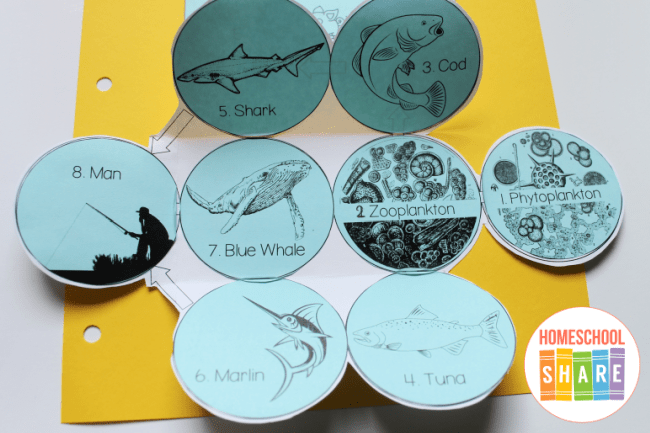
These mini-books are included in the Fishing Lapbook:
- My Book of Fish Words
- The Food Chain
- Mammals vs. Fish Shutterbook
- Fishing Through History
- Life Cycle of a Fish
- Fish Diagram
- My Tackle Box
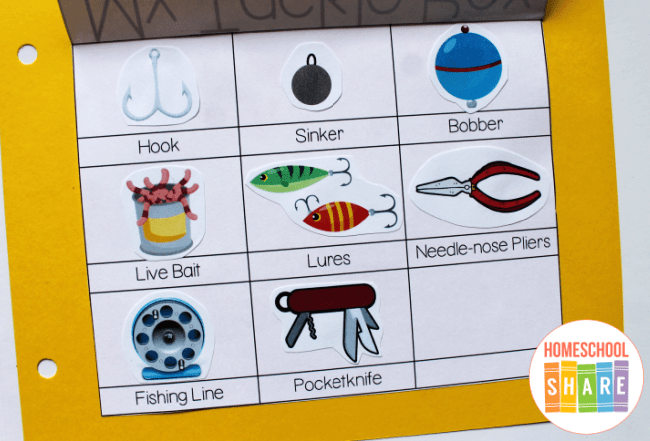
- Fishy Idioms
- Fishing Safety Tips
- Methods of Fishing Matchbooks
- Fish Related Occupations Tab Book
- Taking Care of Our Waters Simple Fold
- Label a Fishing Reel
- Types of Fish Cards & Pocket
Lapbook Example
Instead of making a traditional lapbook, we used cardstock that was three-hole punched and put it inside a notebook. Here are a few sample pages.
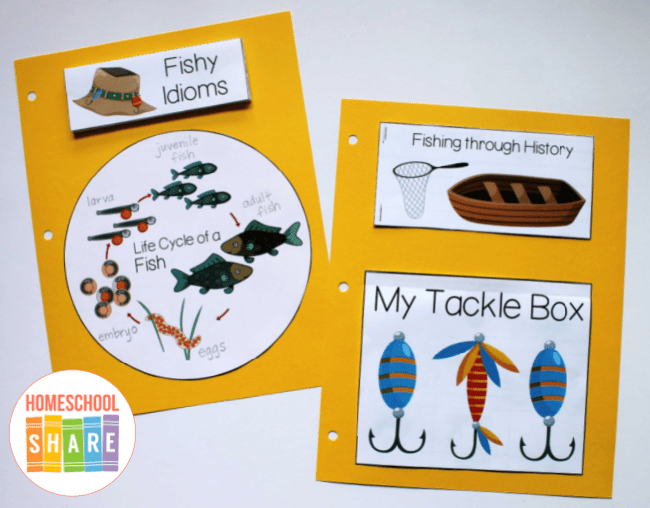
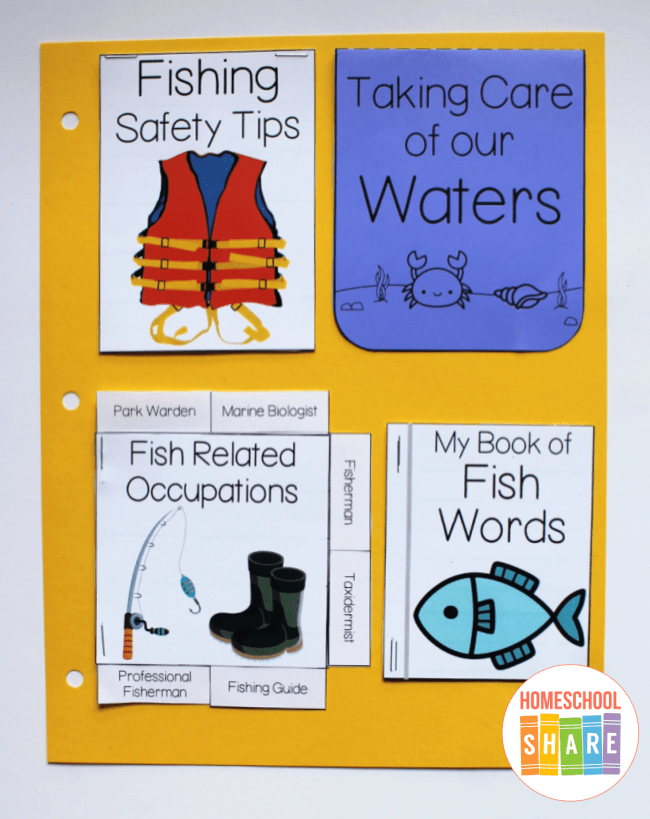
How to Get Started with Your Fishing Lapbook
Follow these simple instructions to get started with the Fishing Lapbook.
- If you want, go to your local library and check out books about fish and fishing.
- Print the Fishing Lapbook.
- Choose and prepare the mini-books you want to use with your student.
- Enjoy a week of reading and learning all about fish and fishing!
Download Your Fishing Lapbook
Simply click on the image below to access your free Fishing Lapbook.
Explore Our Ocean Animal Resources
Take a deep dive into the ocean and learn about these sea creatures with our animal lapbooks.

